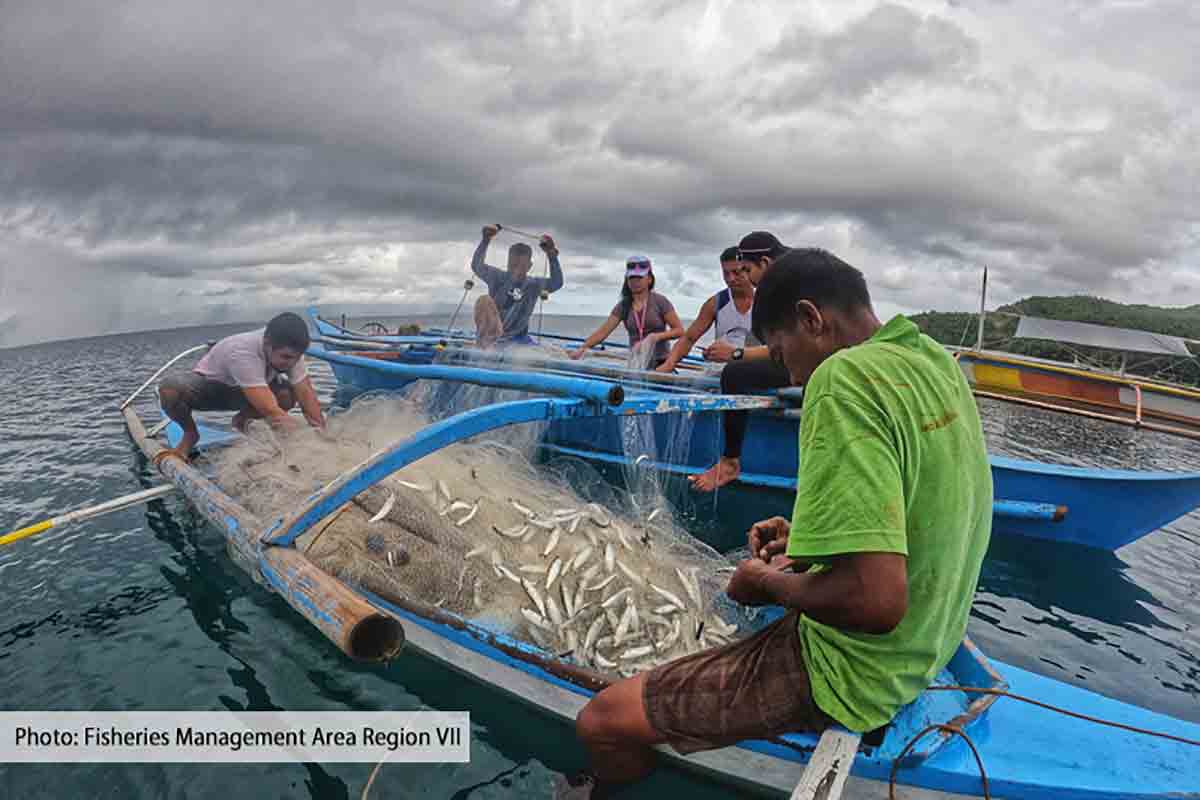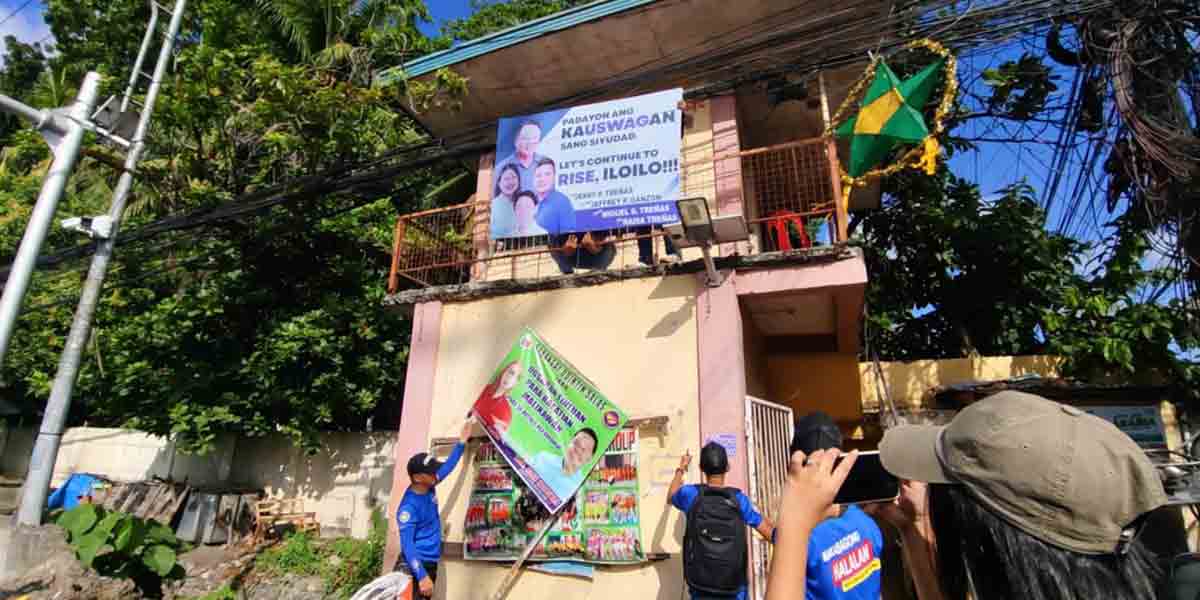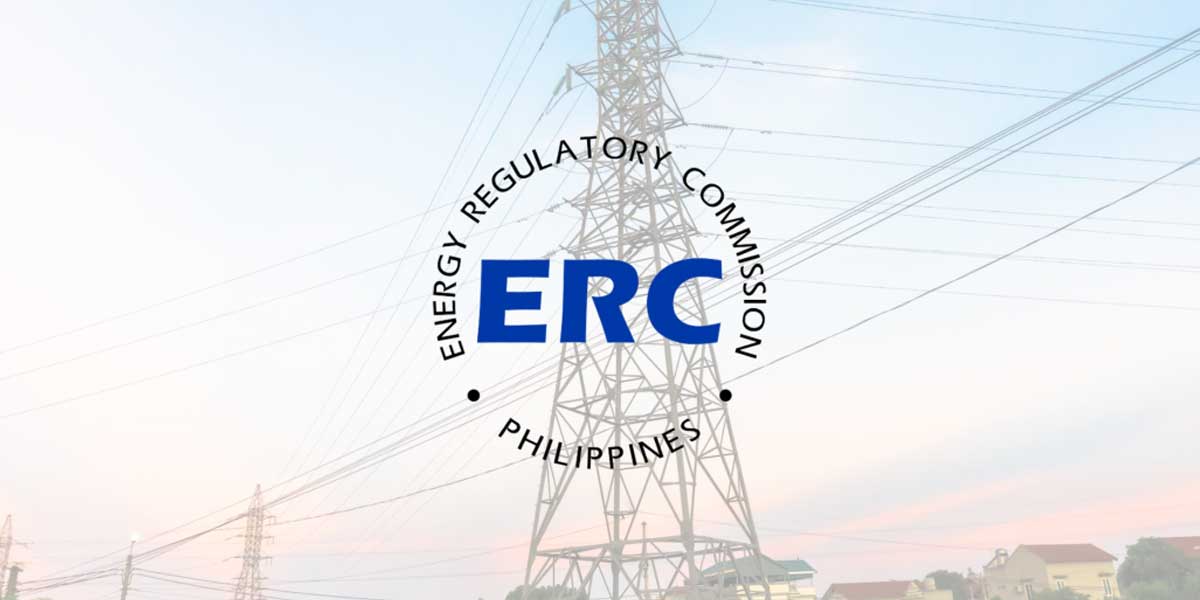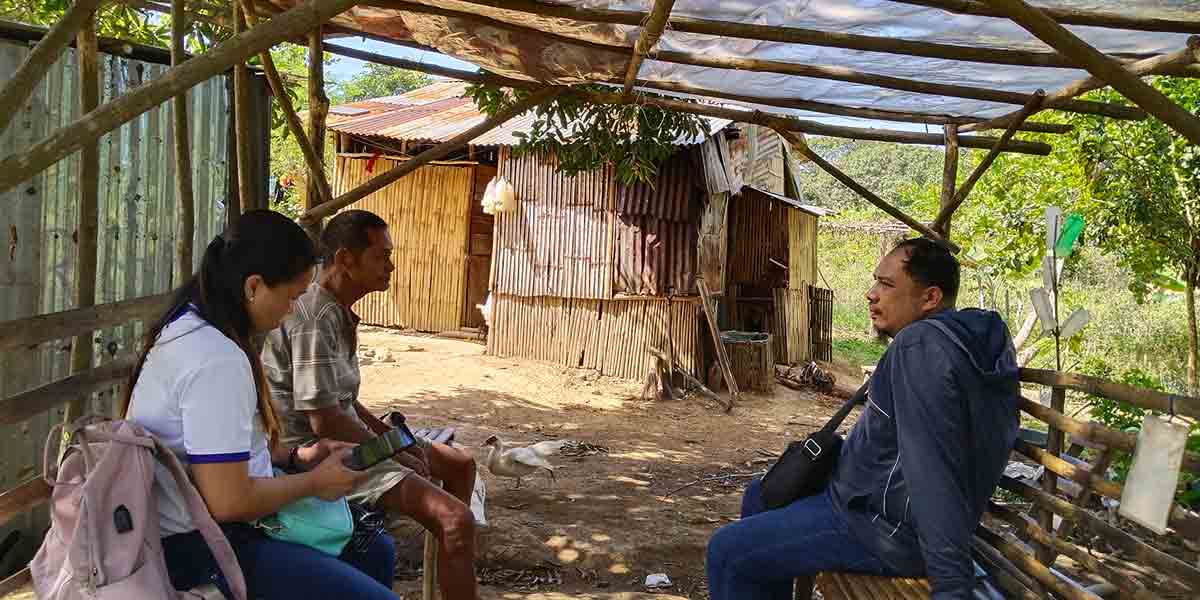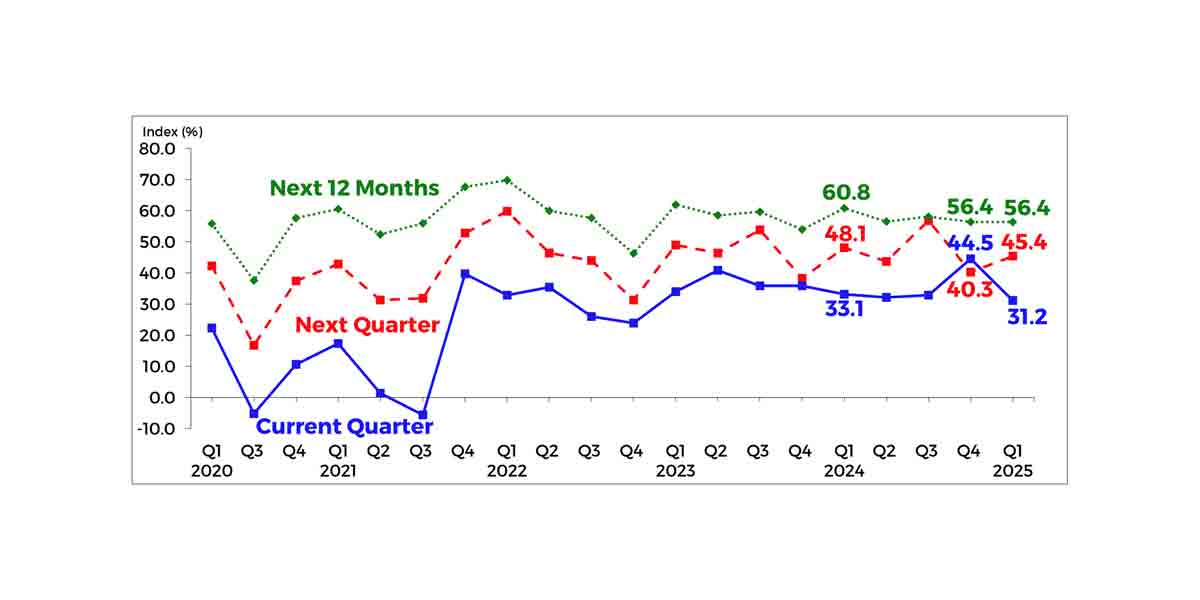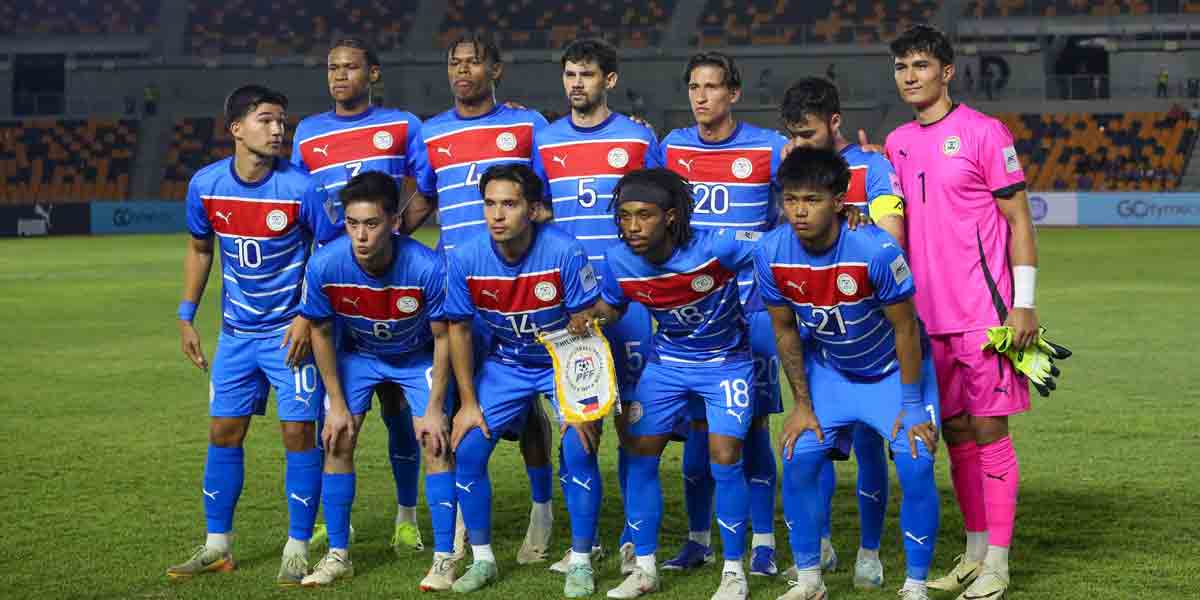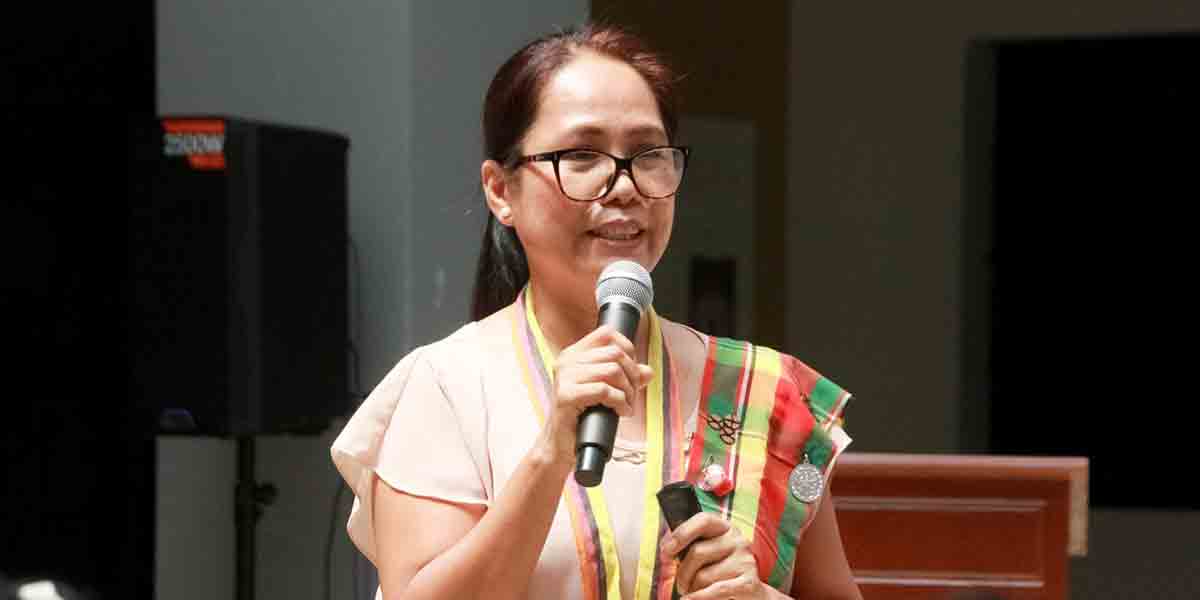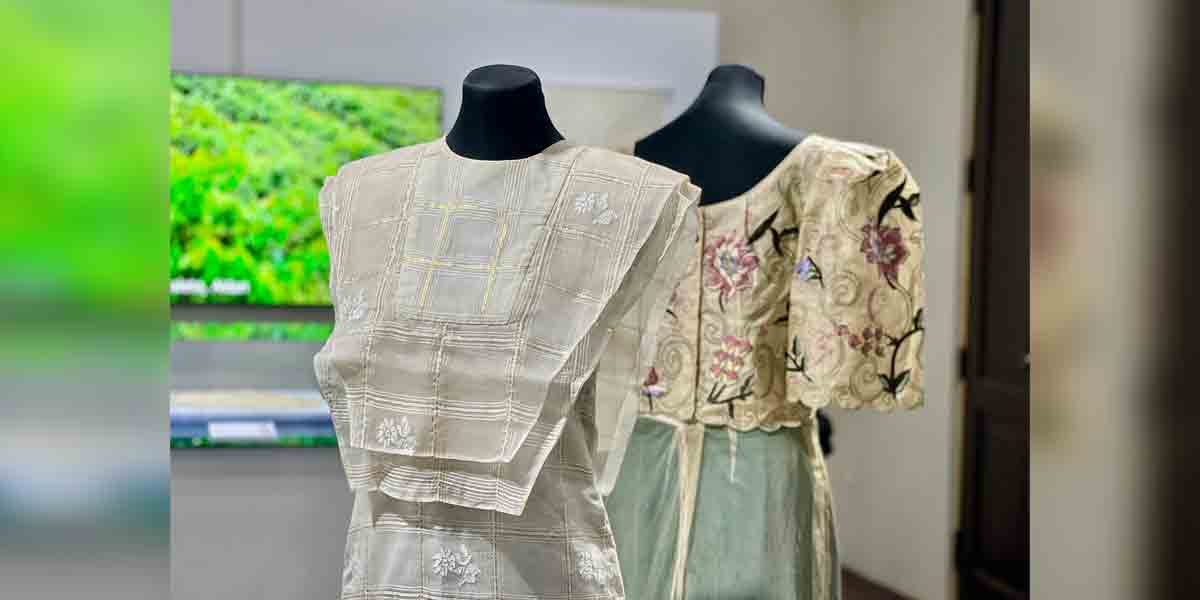By Alex P. Vidal
“You can’t put abandonment and alienation under arrest.” — Carrie P. Meek
UNLIKE China, which abandoned its commitment to help build the Panay-Guimaras-Negros (PGN) Island bridges project in 2020 when it probably realized it was no longer necessary to please the subservient Duterte administration, South Korea is expected to follow through with its commitment to finish the multi-billion-peso infrastructure project.
The Koreans are known for their unique values; they have obedience to family, hard work, protection of the family, and proper decorum among family members. And it is still important for them, even in the modern world.
By forging a commitment to support the bridges project, the Koreans will no longer allow our public officials to be embarrassed as they consider their Filipino partners in this huge project to be part of family.
Even local officials then—mostly from Guimaras Province—ended up red faced for constantly announcing to the press they were certain construction of the expensive bridges was to begin before former President Rodrigo Duterte’s term would end in 2022.
We had been taken for a ride. When China left, Korea came in.
-o0o-
After all, PGN Island Bridges project was part of the Philippine government’s National Islands-Link Projects and ballyhooed as part of Mr. Duterte’s Build! Build! Build! program that supposedly consisted of two bridges the 2.7 km (1.7 mi) Panay–Guimaras Bridge (Phase I) and the 4.8 km (3.0 mi) Panay–Guimaras Bridge (Phase II).
Under the original plan, a third phase connecting Negros and Cebu islands with a 8 km (5.0 mi) was also earlier proposed and its construction was supposed to start early 2019 to be funded by the Chinese government through a grant.
After all the earsplitting and cacophonous noises and bluster, the Chinese investors junked the project in 2020 and offered no concrete explanation that would justify the mysterious dereliction.
By a stroke of fate, the Philippine government negotiated in May 2022 an alternative proposal from South Korean government for the PGN Island Bridges, which is now being finalized under the new Marcos Jr. administration.
To be funded via Korea Eximbank, the dream project underwent another feasibility study involving Yooshin Engineering with Kyong-Ho Engineering and Architects, Dohwa Engineering, Soosung Engineering and Dasan Consultants.
-o0o-
According to a series of reports released recently about the bridge construction, the Section A or the Panay–Guimaras portion’s construction is projected to start in mid-2025 and finished by the end of June 2028.
Section B or the Guimaras–Negros portion is scheduled for completion by 2030 and whole project including the connecting roads is estimated to cost ₱189 billion.
When China abandoned the project, it nearly dashed to pieces the hopes of Ilonggos who were hoping a miracle would finally arrive after being hoodwinked by the previous Cory, FVR, Erap, Gloria, P-noy administrations into believing the construction “would start soon.”
Unsuspecting Ilonggos believed hook, line, and sinker when assured by the previous Duterte administration that two multi-billion peso infrastructure projects in the Visayas and Mindanao were “now ready to be financed by the government of China after the feasibility studies have been completed” in October 2019.
The Ilonggos’ false hopes were abetted by then Public Works Secretary and now Senator Mark Villar, who revealed his meeting with then Chinese Vice Minister of Commerce and International Trade Representative Wang Shouwen where they supposedly exchanged the handover certificates for the Panay-Guimaras bridge and the Davao City Expressway project.
CCC Highway Consultants Co. Ltd. Reportedly did both feasibility studies for the P27.1-billion Panay-Guimaras bridge and the P25.6-billion Davao City Expressway.
The exchange of documents was reportedly done on the sidelines of a high-level meeting between Philippine and Chinese economic ministers in Manila sometime in October 2019.
“The process of loan financing for the projects may now begin,” they falsely declared.
-o0o-
HIGH RUBBER CONTENT. When our running shoes are worn beyond use, let’s not throw them away. Because of their high rubber content and the fact that rubber is easily recyclable, old sneakers are now being used to make new sports surfaces. Nike is one brand that operates this function by producing its Nike Grind material.
OLD TOOTHBRUSH. Let’s not throw away our old toothbush; let’s use it to clean tricky-to-reach areas like the caulking between floor and wall tiles and the area around bathroom faucets. Often a little more elbow grease will do the trick without resorting to harsh cleaners.
(The author, who is now based in New York City, used to be the editor of two daily newspapers in Iloilo.—Ed)

